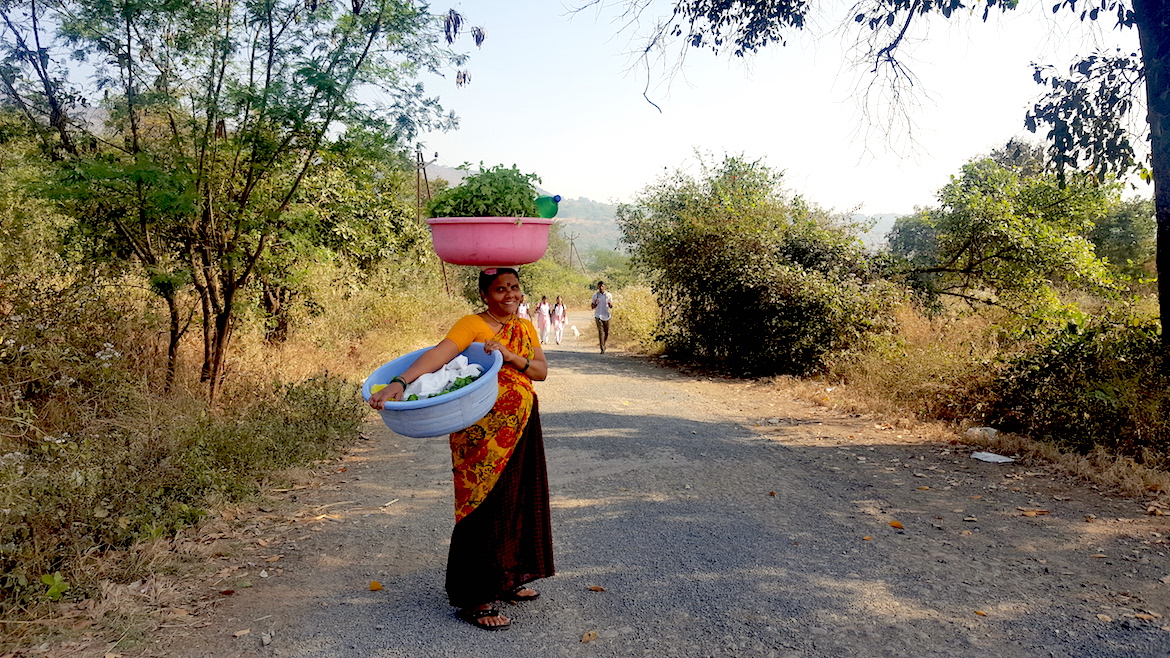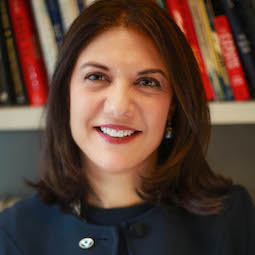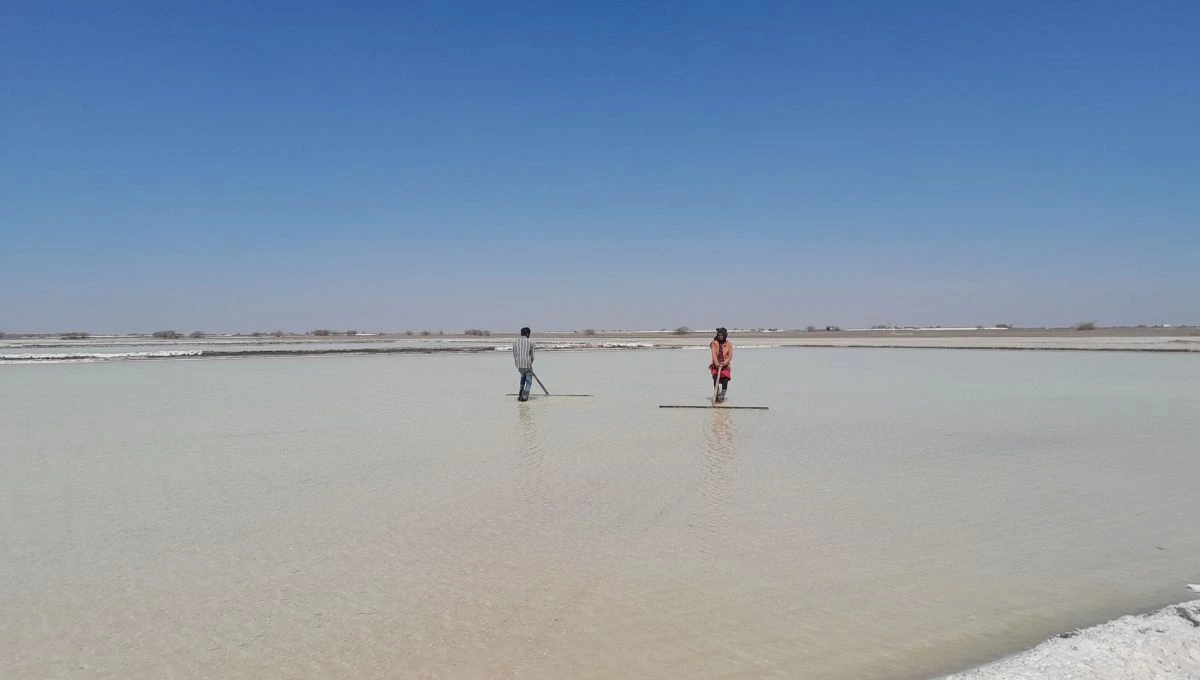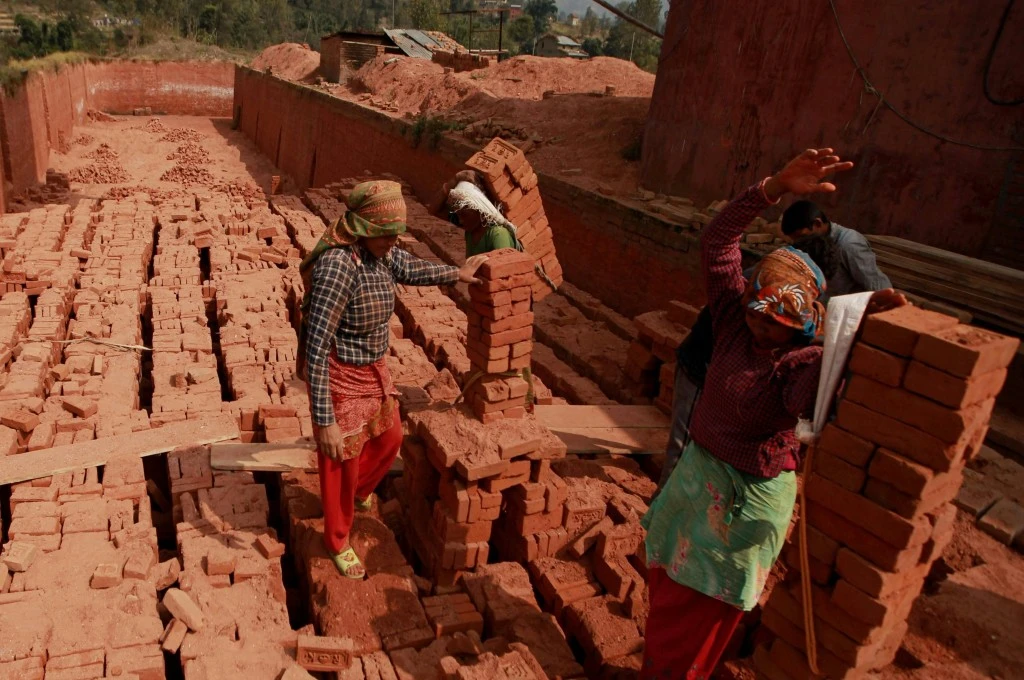Gender parity has taken its rightful place as a global development priority. By setting ‘gender equality’ as a standalone Sustainable Development Goal (SDG), the United Nations recognises the economic and social imperative of closing the gap; in fact, a growing body of research indicates that without a sustained global effort towards gender equality, none of the other 16 goals will be achieved.
So how much progress are we making towards closing the gender gap? The World Economic Forum’s annual Global Gender Gap Report shows us the numbers. The report measures and ranks 144 countries on their progress toward gender parity across four themes: economic participation and opportunity, educational attainment, health and survival, and political empowerment.
It will take 217 years for women’s access to economic opportunity to be on a par with that of men.
After several years of slow but steady progress, the global results for 2017 are disappointing: the overall gender gap (across the four themes) actually widened for the first time since the WEF began collecting this data in 2006.

In fact, progress towards greater economic participation and opportunity for women has actually reversed, with the gap widening to 42 percent. At this rate of change, the WEF estimates it will take 217 years for women’s access to economic opportunity to be on a par with that of men.
Where does India stand in the WEF ranking?
While India is ranked an impressive 15th out of 144 countries in political empowerment, it is ranked 112th for education and 141st for health and survival. The economic participation ranking is 139th out of 144 with a 66 percent gender gap.
When examining the indicators used to measure economic participation, India’s women are significantly behind in labour force participation (65 percent gap) and earned income (77 percent gap). There is also an 85 percent gap between women and men serving as legislators, senior officials and managers.
While we can’t say exactly how much India’s economic growth is hindered by the inefficiencies and lost opportunities underlying this gap, global research is revealing: WEF says closing the economic participation gaps in the US (24 percent) and Japan (45 percent) could add an additional USD 1,750 billion and USD 550 billion, respectively, to the GDP of these countries.

Digital financial services can actually widen the financial inclusion gender gap since lack of identification disproportionately affects women. (Photo courtesy: Sangeeta Menon)
The essential role of financial inclusion
One of the most effective accelerators of economic participation is financial inclusion, particularly in regions like South Asia, which has the largest gender gap in bank account ownership in the world.

Women make up almost half of the 1.3 billion Indian population, a majority of whom live on under USD 4 a day. There remains a 7 percent gender gap in bank account ownership (according to the 2014 Global Findex), and a 14 percent gap in account usage according to Omidyar Network. Recent research conducted by Women’s World Banking puts the percent of un- and under-banked Indian women at a whopping 62 percent, or 411 million women.
The PMJDY programme requires one bank account per household, which is likely to be opened in the man’s name.
The financial inclusion landscape in India shows mixed promise. The Pradhan Mantri Jan Dhan Yojana (PMJDY) programme is a government initiative to provide access to financial services to all Indians. However, the programme requires one bank account per household, which is likely to be opened in the man’s name. Since gender disaggregated data is not available, the impact of the initiative on women’s financial inclusion is still unclear.
Another initiative is the self-help group system, where commercial banks open accounts for groups with 15-20 members, usually low-income women, using their pooled savings. The banks then use the funds to issue loans to the members. The government assumes that these groups can be an on-ramp for inclusion; but low-income women are still, by and large, not using formal financial services with great frequency.
Our research shows that 10 times more women than men in India belong to informal savings groups (not linked to a bank), demonstrating the great value that women place on setting money aside.
The power of digital in enabling inclusion
Digital technology presents powerful opportunities to close the overall financial inclusion gap.
India’s Aadhar biometric identification system represents a significant accelerator for inclusion in the formal economy. Lower costs of mobile phones and the explosion of financial technology companies are also opening new paths to bring people into the formal financial sector.
Rather than serving as a fast track to financial inclusion for everyone, digital actually widened the divide between men and women.
However, digital financial services have shown that, while effective in closing the financial inclusion gap, they can actually widen the financial inclusion gender gap since lack of identification, required for most banking services, is an issue that disproportionately affects women.
Much of the increase in India’s overall financial inclusion was driven by mobile technology. However, only 44 percent of women in India own phones and less than 2 percent have mobile accounts. So rather than serving as a fast track to financial inclusion for everyone, digital actually widened the divide between men and women. This issue is not unique to India, but problematic across South Asia.

Solutions designed to help low-income women engage better with financial services and products can play an important role in expanding women’s financial inclusion. (Photo courtesy: Charlotte Anderson)
Design for women, create the demand
While the Global Gender Gap Report results may seem like a dismal report card for India, the gap represents a significant opportunity for financial service providers. India’s unbanked women remain one of the largest untapped markets in the world.
With low-income women in India regularly borrowing and saving through informal means, how do we create a demand for formal products that can provide more secure and effective financial tools? As a start, financial service providers must approach women as individual clients with complex financial needs, instead of focusing on them through the more limited lens of microcredit, group loans or payment platforms.
Firms must approach women as individual clients with complex financial needs, instead of through the limited lens of microcredit or group loans.
At Women’s World Banking, we utilise behavioural and women-centred design techniques to develop, iterate and improve on solutions to help low-income women better engage with financial services and products. These techniques can play an important role in expanding women’s financial inclusion in India.
As an example, a women-centred design approach to understanding the needs of unbanked women in India reveals that mobility issues represent a significant barrier. Women are often unable to travel to bank branches because they are juggling their businesses with childcare and it may be culturally inappropriate or unsafe to travel alone; in fact, 69 percent of Indian women live in rural areas with poor banking infrastructure.
A women-centred design approach to understanding the needs of unbanked women in India reveals that mobility issues represent a significant barrier.
Financial service providers that are designing products to overcome these types of barriers are discovering that understanding women customers is critical. A nearby example is in Pakistan, where we are partnering with mobile network operator Jazz with support from the Bill & Melinda Gates Foundation. With their mobile wallet known as JazzCash, Jazz saw that only 15 percent of their customers were women; but once women had opened an account, they were avid, profitable users of the product.
The company soon realised that their customer acquisition strategies were at odds with cultural and social norms. For example, the most common method for opening an account in Pakistan is through agents—and according to our customer research, 95 percent of these agents are men. Additionally, to open an account the customer must provide the agent with her cellphone number—a practice that was deeply uncomfortable for many Pakistani women and their families. We are now working with Jazz to identify alternative, culturally appropriate ways to get new women clients on board, including building referral networks among women and training women agents.
In India, we’re embarking on a new project with Ujjivan Financial Services, with support from the Visa Foundation. Formerly a microfinance institution that recently transformed into a small finance bank, Ujjivan can now serve the women’s market with savings and insurance products. We will conduct research to understand what women need from these products, leverage digital channels for delivery, and package the products together with digital and financial education services to help women grow small enterprises while making them more resilient.
The Global Gender Gap Report sheds light on the economic challenges that exist for women in India and around the world. Financial service providers that invest in understanding the women’s market and design products to reach them will be rewarded with a loyal and profitable client base.




